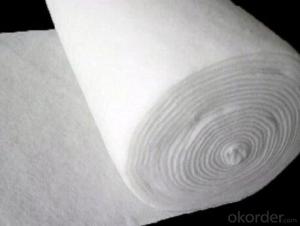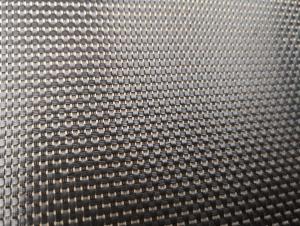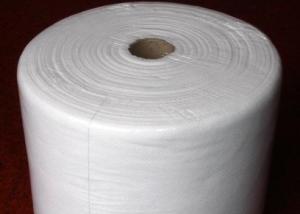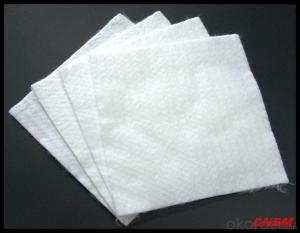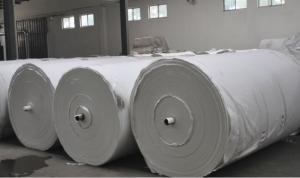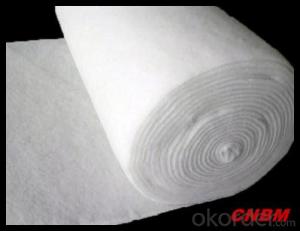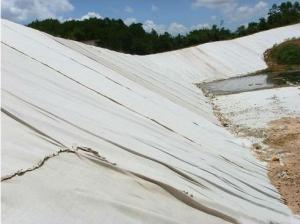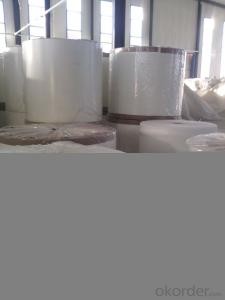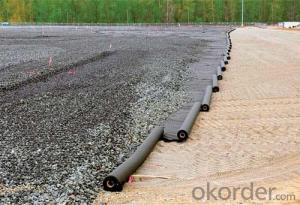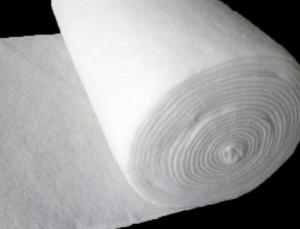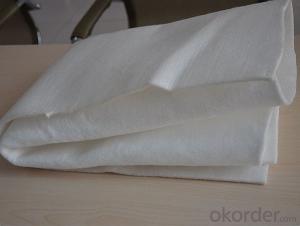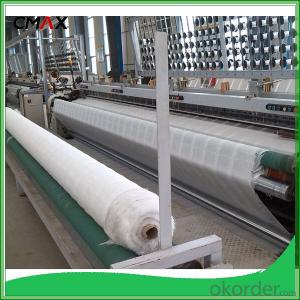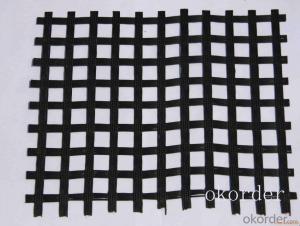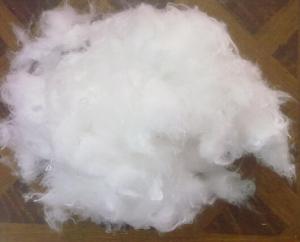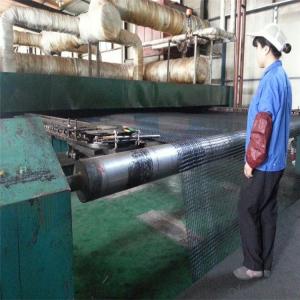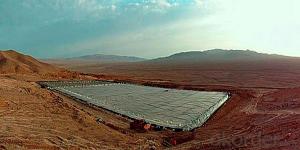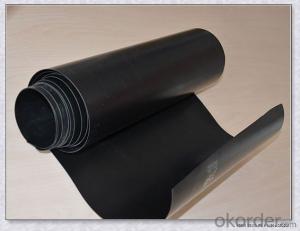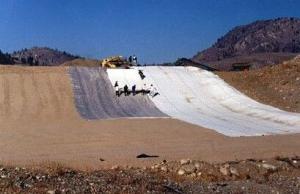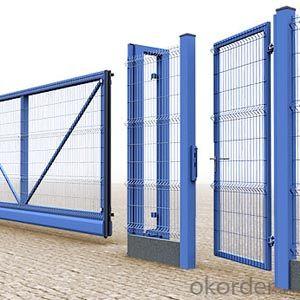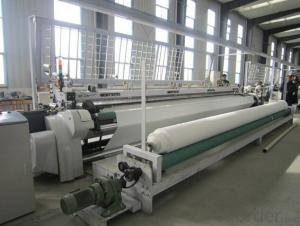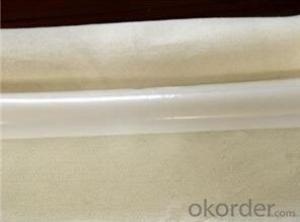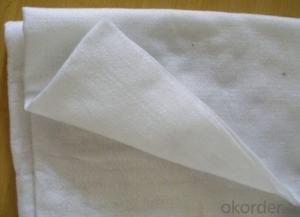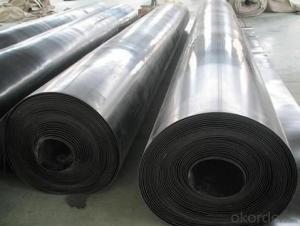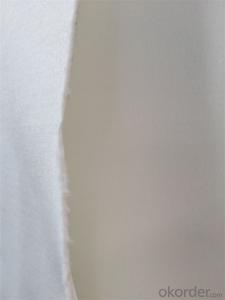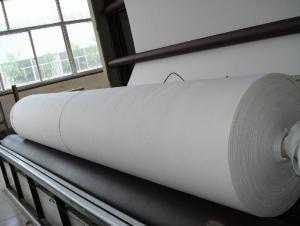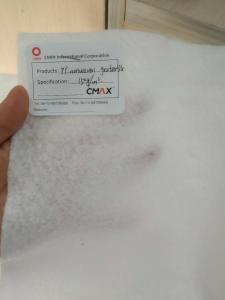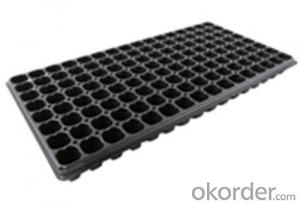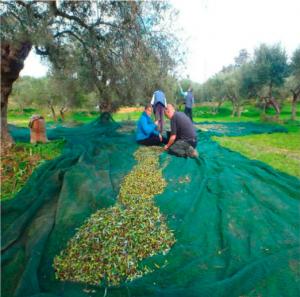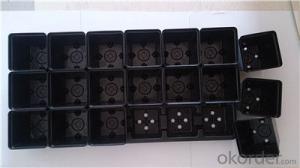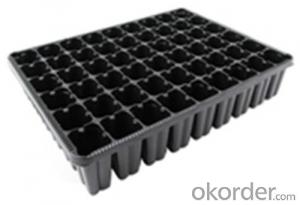High Strength Geotextile
High Strength Geotextile Related Searches
Geosynthetic Fabric Geotextile Mesh High Speed Steel Geotextile And Geomembrane High Temperature Refractory Cement Geotextile Wrap Geomembrane Geotextile Terram Geotextile Geogrid With Geotextile Jute Geotextiles Propex Nonwoven Geotextile Jute Geotextile High Temperature Sealant Reinforced Hdpe Geomembrane Amoco Geotextile Nilex Nonwoven Geotextile Reinforced Geomembrane Non Woven Needle Punched Geotextile Geosynthetic Materials Highly Precise Geotextile Fabric Types Virgin Fibre Polypropylene Geotextiles Terratex Nonwoven Geotextiles High Efficiency Heating And Cooling Systems Geogrid Reinforcing Fabric Hdpe Textured Geomembrane Terram Geotextile Membrane Heavy Duty Plastic Mesh Fencing Hardened Stainless Steel Geotextile Fabric Cost Per Square FootHigh Strength Geotextile Supplier & Manufacturer from China
High Strength Geotextile is a type of textile material specifically engineered for civil engineering and environmental applications. It is designed to possess exceptional strength and durability, making it ideal for various construction projects. These products are commonly used in applications such as soil reinforcement, erosion control, and filtration systems, providing stability and support to the surrounding environment.The High Strength Geotextile is utilized in a wide range of scenarios, including road construction, landfill liners, and slope protection. Its versatility allows it to be employed in both temporary and permanent installations, ensuring that it can cater to various project requirements. This product is known for its ability to withstand harsh conditions and provide long-lasting performance, making it a popular choice among professionals in the field.
Okorder.com is a leading wholesale supplier of High Strength Geotextile, boasting a vast inventory of this essential product. With a commitment to providing high-quality materials at competitive prices, Okorder.com has established itself as a reliable source for those seeking to purchase High Strength Geotextile for their projects. Their extensive stock ensures that customers can find the specific type and quantity of geotextile they need, all in one convenient location.
Hot Products

